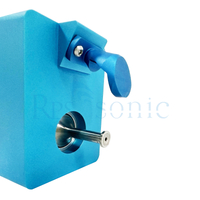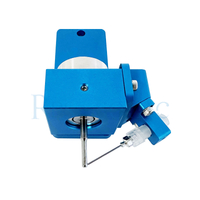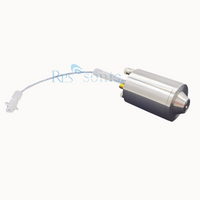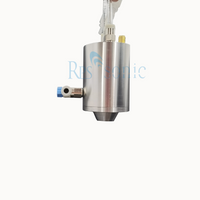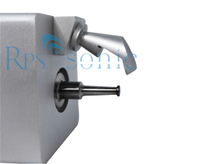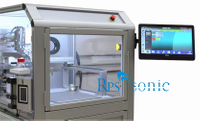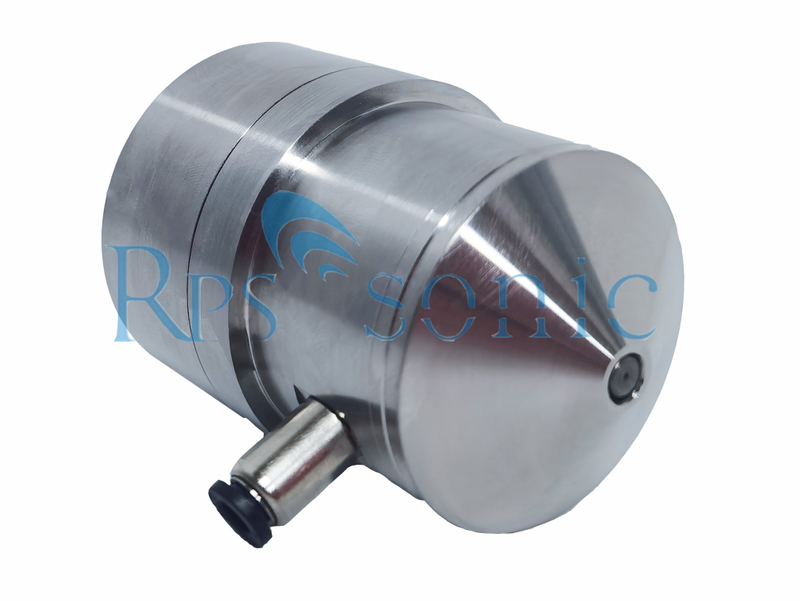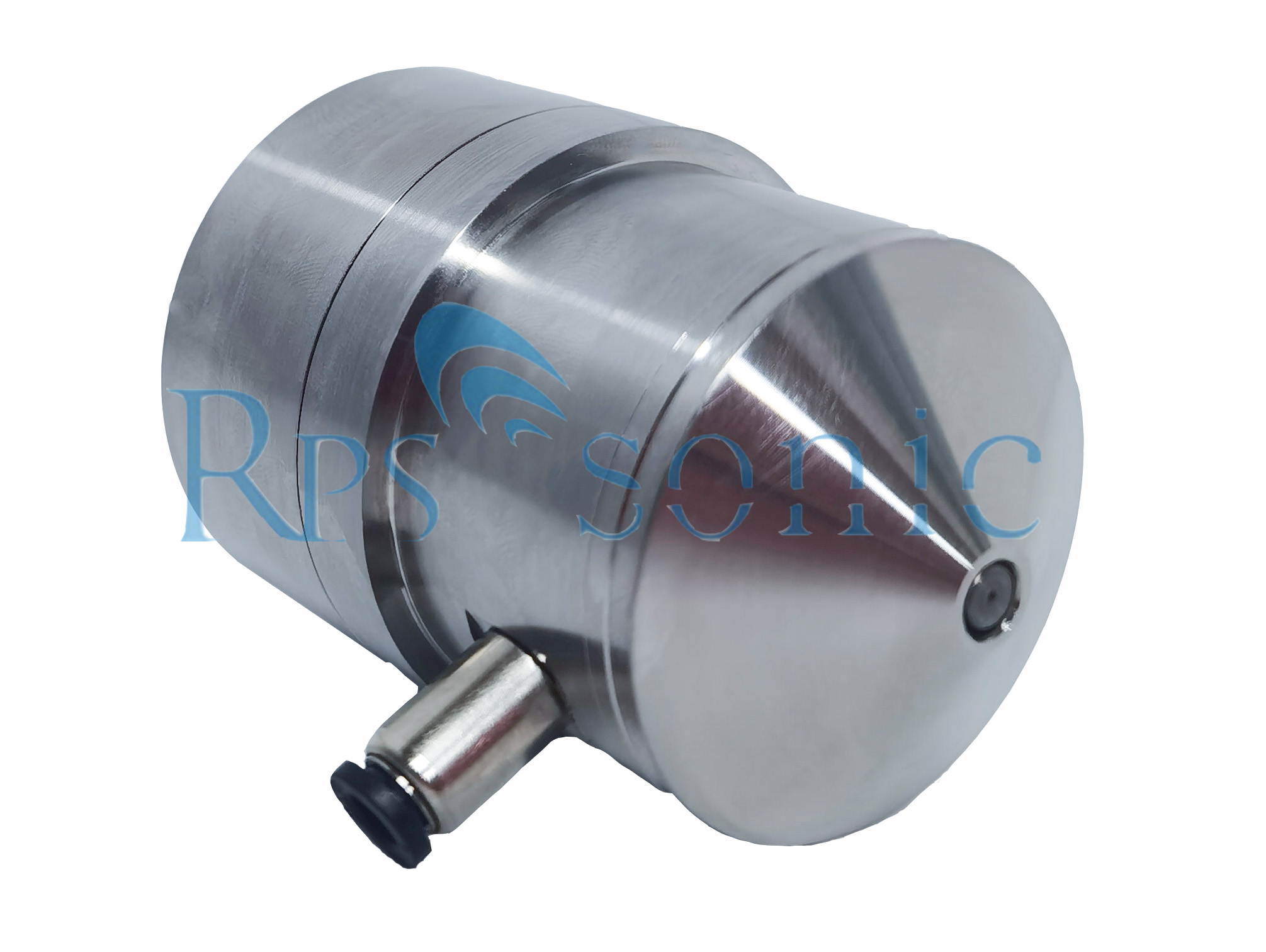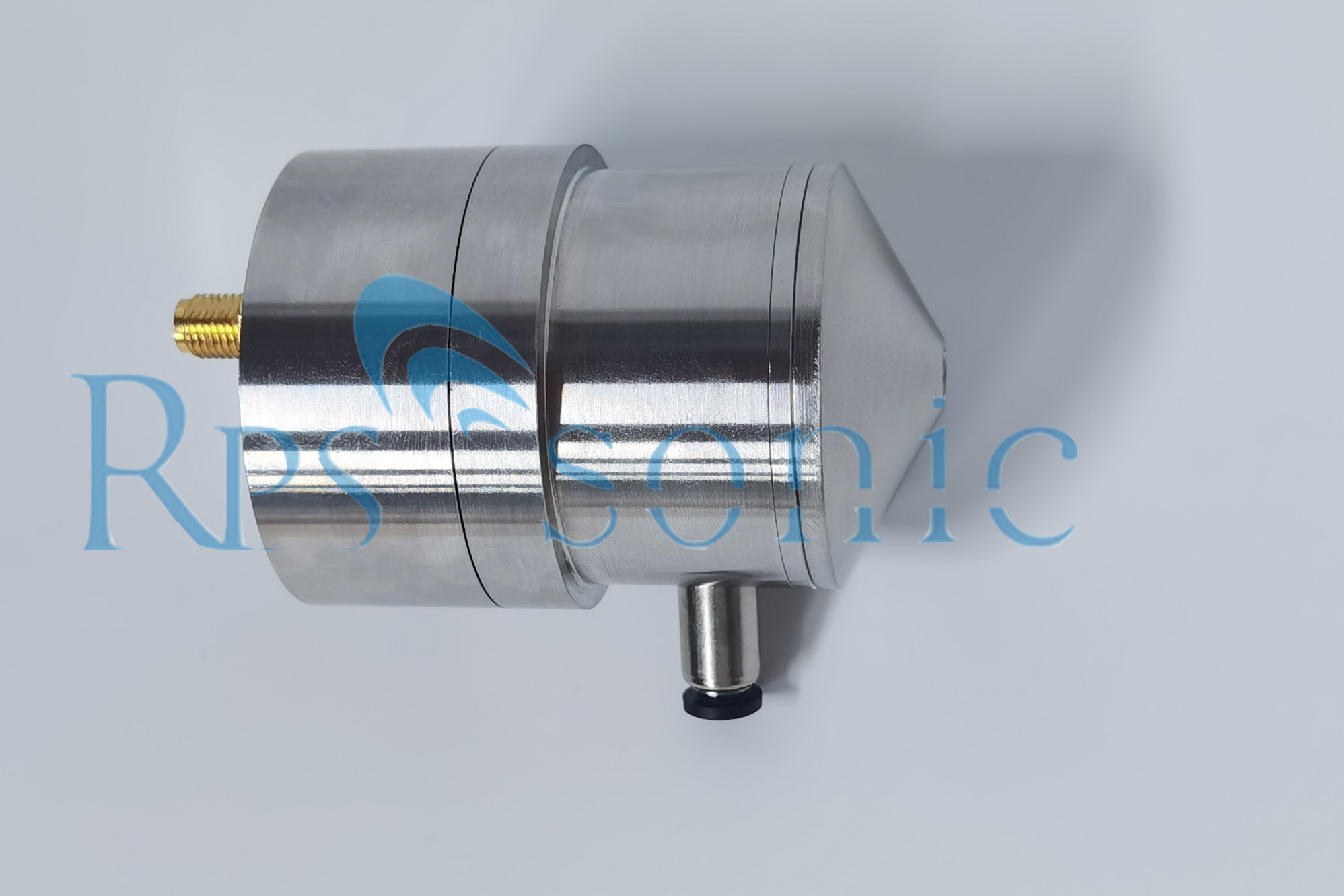50Khz Ultrasonic spray nozzle for Precise Coating machine
Introduction:
Ultrasonic Spray Nozzles As their name implies, ultrasonic nozzles employ high frequency sound waves, those beyond the range of human hearing. Disc-shaped ceramic piezoelectric transducers convert electrical energy into mechanical energy. The transducers receive electrical input in the form of a high frequency signal from a power generator and convert that into mechanical energy at the same frequency. The liquid is introduced to the atomizing probe with the use of a small pump or can be gravity feed. For the liquid to atomize, the vibrational amplitude of the atomizing surface must be carefully controlled. Below the so-called critical amplitude, the energy is insufficient to produce atomized drops. If the amplitude is excessively high, the liquid is literally ripped apart, and large “chunks” of fluid are ejected, a condition known as cavitation. Only within a narrow band of input power is the amplitude ideal for producing the nozzle’s characteristic fine, low velocity mist. The fine control of input energy is what distinguishes ultrasonic atomizing nozzles from other ultrasonic devices such as welders, emulsifiers, and ultrasonic cleaners; these other devices rely on cavitation with input power of the order of hundreds to thousands of watts. For ultrasonic atomization, power levels are generally under 15 watts. Adjusting the output level on the power supply controls power. Since the atomization mechanism relies only on liquid being introduced onto the atomizing surface, the rate at which liquid is atomized depends solely on the rate at which it is delivered to the surface. Therefore, every ultrasonic nozzle has an inherently wide flow rate range.

Parameter:
| Item | Parameter |
| Frequency | 50Khz |
| Power | 10~100w |
| FLOW RATE (ml/min) | 0~20ml/min |
| Spray width | 2~200mm |
| Solution utilization | above 98% |
Applications
Electronics: Photoresists onto Wafer etc.
Industrial: Glass, Fabrics, etc.
Medical: Medical Textile, Diagnostic Device etc.
Energy: Fuel Cell, Solar Cell, etc.
The exact magnitude of power required depends on several factors. These include:
We will recommend you different spray nozzle depending on your requirments.
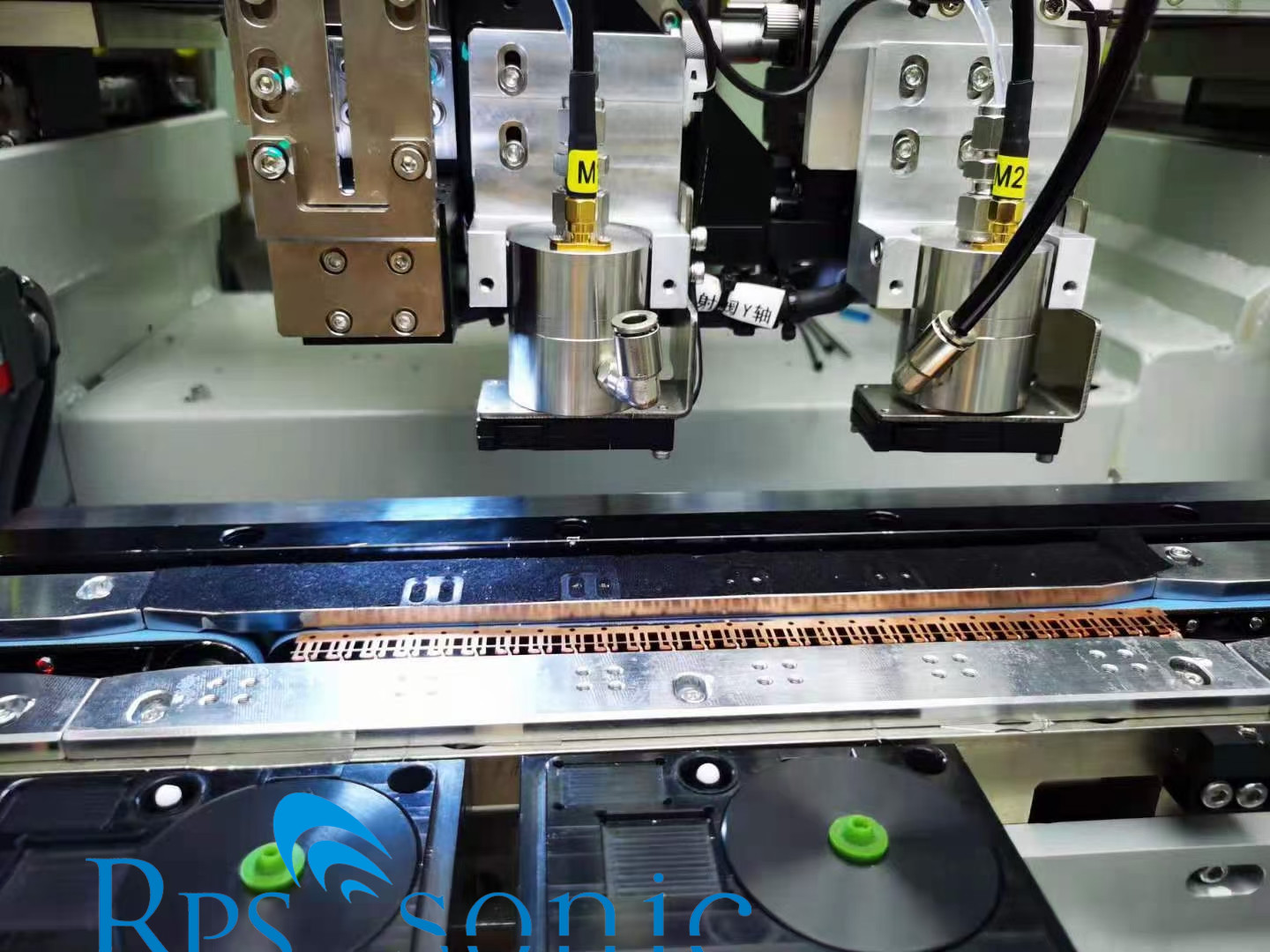
 English
English












